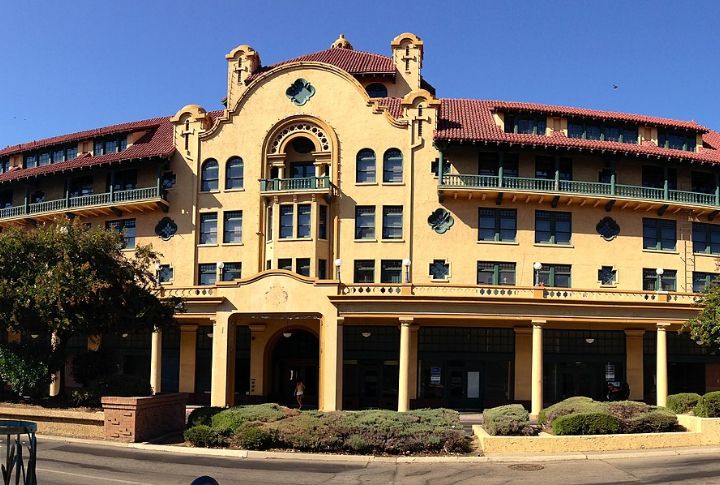
Education shapes a city’s future, but not every place is keeping up. From towns where diplomas are rare to hubs bursting with advanced degrees, these 20 US cities show the sharp divide in opportunity and access. Some are falling behind, while others are setting the national curve.
Beaumont, Texas
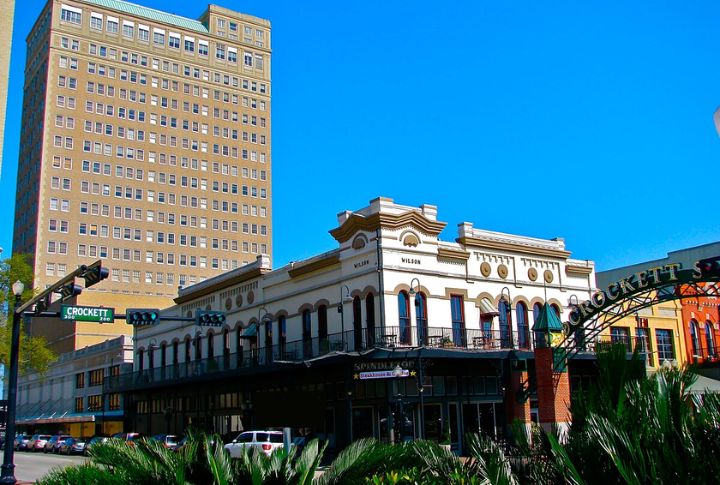
With just 24.6% of adults holding a bachelor’s degree, Beaumont, Texas, ranks among the least educated cities in the US. Despite the presence of Lamar University, the city continues to face challenges in improving educational attainment. Local efforts are trying to boost college enrollment and degree completion rates.
Corpus Christi, Texas
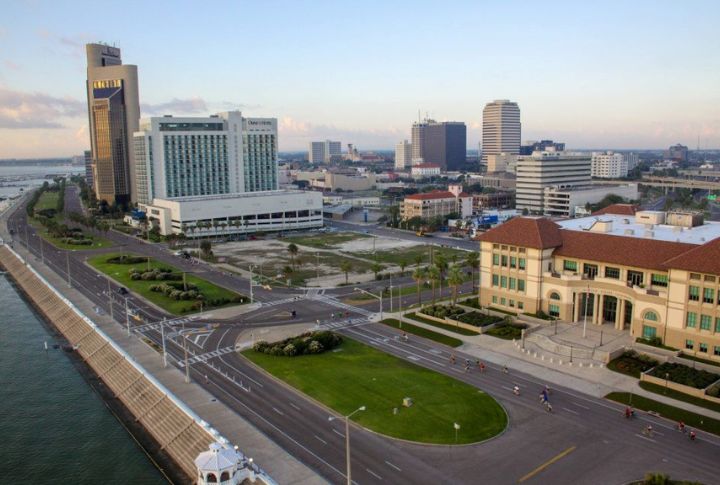
Despite scenic coastlines and a vibrant port economy, Corpus lags behind academically. Only 24.3% of adults hold a bachelor’s degree or higher, and local school graduation rates remain low. Institutions like Texas A&M–Corpus Christi and Del Mar College are helping, but progress is slow.
McAllen, Texas
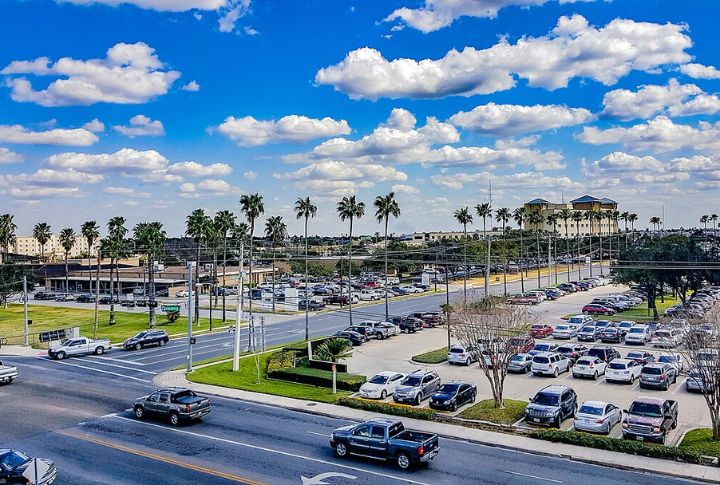
Positioned along the southern tip of the state, McAllen sits in a region where economic hardship and education shortfalls often go hand in hand. High school dropout rates remain stubborn, and college degrees are the exception, not the rule. South Texas College provides a lifeline, but access still outpaces achievement.
Brownsville, Texas
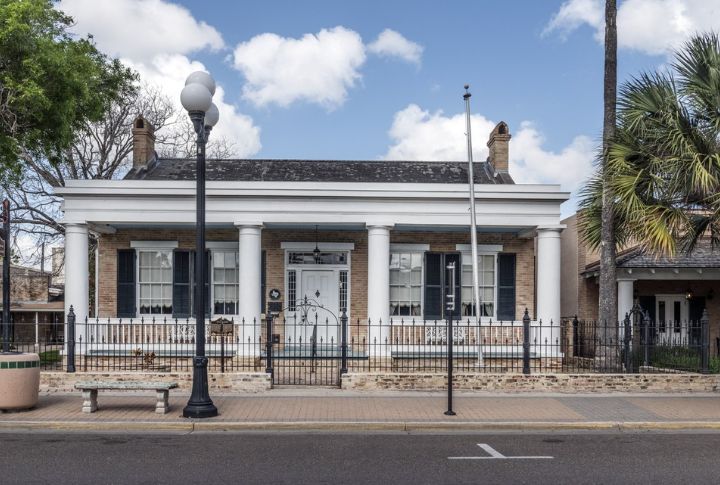
Brownsville’s proximity to the border brings cultural richness, but also persistent barriers to education. WalletHub ranks it second to last nationally. College attendance is rare and high school graduation rates leave room to climb. Local institutions struggle against deep-rooted economic and infrastructural hurdles.
Lafayette, Louisiana
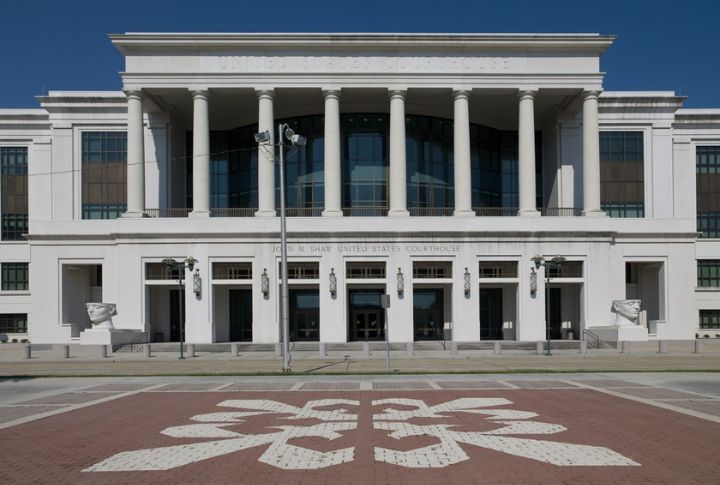
Lafayette thrives on culture and celebration, but academic momentum stalls early for many. High school completion is common, but college follow-through remains low. Regional universities struggle with retention and many students disengage before earning a degree. The city’s vibrant identity hasn’t translated into strong educational outcomes for its population.
San Bernardino, California
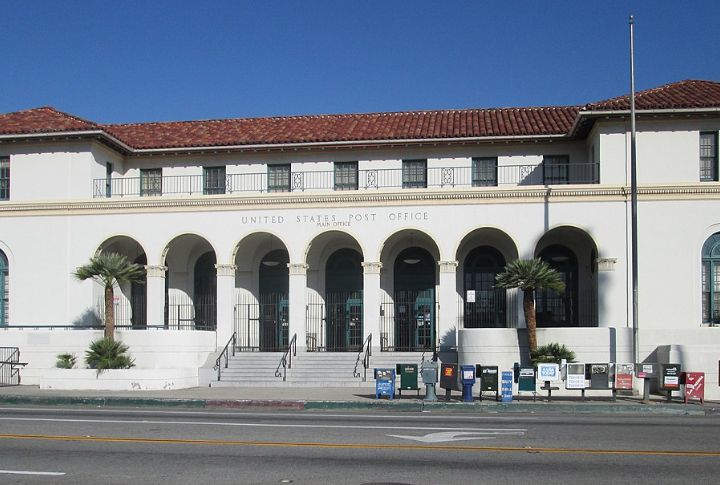
Even with a Cal State campus nearby, San Bernardino remains one of California’s least educated cities. Local schools face funding issues and many students are first-generation learners with limited support. The area’s reputation as a college town hasn’t stuck, mostly because few residents earn diplomas past the high school level.
Lakeland, Florida

Between Orlando and Tampa, Lakeland gets overshadowed in more ways than one. Getting an education ranks among the lowest in Florida, with both high school and college graduation rates dragging. While Polk State and Florida Southern are present, enrollment doesn’t translate easily to completion, especially in rural pockets of the county.
Fresno, California

In the middle of California’s fertile Central Valley, Fresno produces more agriculture than degrees. Despite two universities and a large student population, college completion rates are underwhelming. Many young adults prioritize work over school, and systemic barriers have kept higher education out of reach for large swaths of the community.
Salinas, California
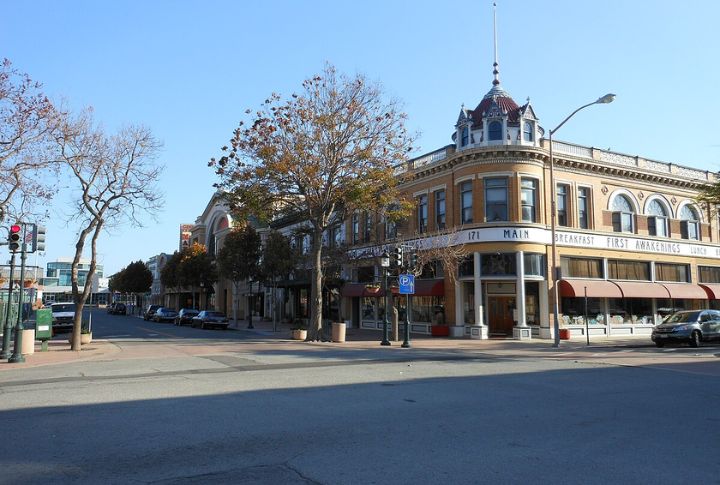
John Steinbeck’s hometown remains deeply tied to its agricultural identity, and this is reflected in its education stats. High school diploma rates trail the national average and postsecondary degrees are scarce. With limited access to higher education options and few incentives to stay in school, many young residents never finish.
Ocala, Florida
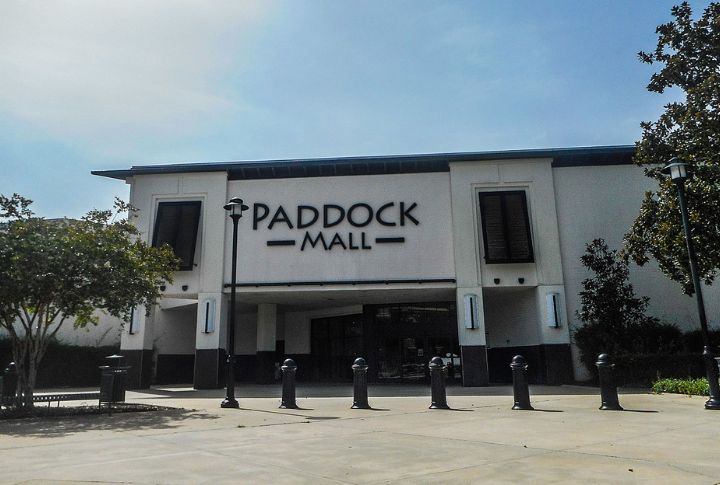
Ocala’s horse country charm hides a persistent problem with educational access. WalletHub ranks it near the bottom in terms of overall academic attainment. High school completion isn’t a given, and college enrollment is minimal. Despite the presence of the College of Central Florida, upward mobility through education is lacking.
Stockton, California
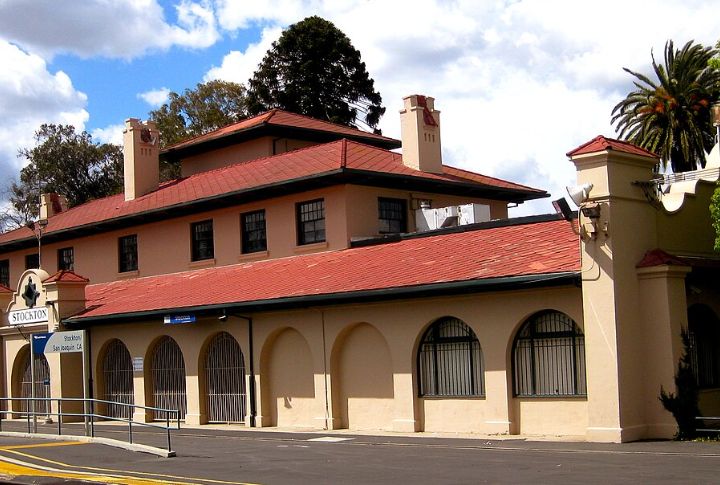
Positioned between two academic powerhouses—Sacramento and San Francisco—Stockton’s education numbers still fall flat. Degree attainment remains low across demographics. The University of the Pacific provides a foothold, but high tuition and local economic stressors mean few residents see college as a realistic or immediate path forward.
Hickory, North Carolina
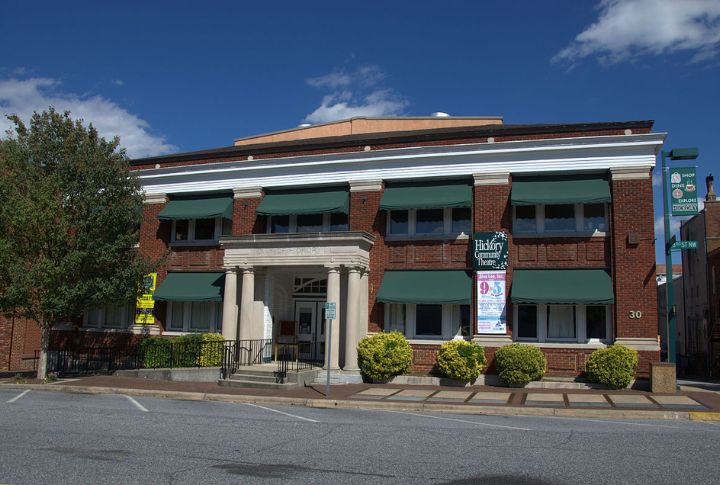
Known more for furniture than formal education, Hickory ranks low in degree achievement. The region’s trade-oriented past meant many skipped college entirely. Lenoir-Rhyne University adds some academic infrastructure, but generational habits stick around. For many here, higher education remains peripheral rather than central to the region’s identity.
Modesto, California
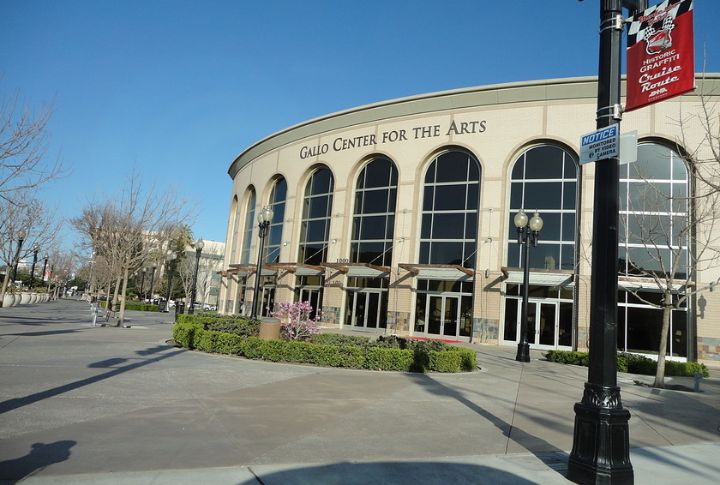
Modesto lags behind in higher education, with low rates of college and graduate degree attainment across the board. One exception stands out: Black residents here outperform white residents in degree completion—a reversal of the national pattern. It’s a rare gain in an area where academic growth is otherwise limited.
Bakersfield, California
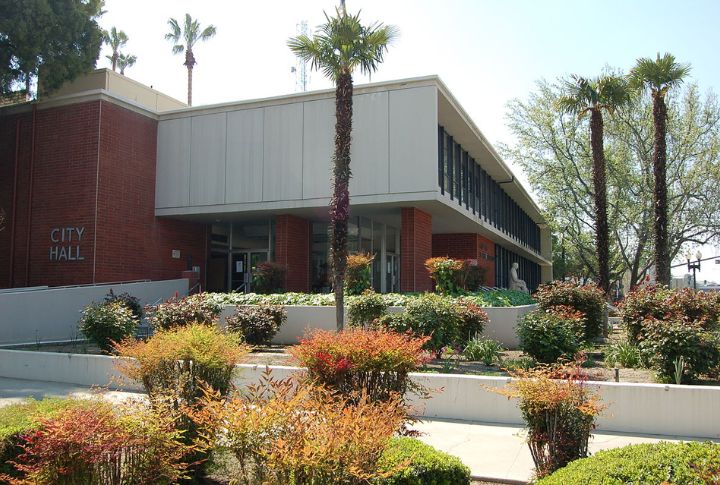
A city built on oil and country music, Bakersfield hasn’t made education a top priority. It consistently ranks near the bottom across all levels: high school, associate, bachelor’s, and graduate degrees. Economic opportunity often bypasses formal education, leaving residents caught between low-skill work and limited upward mobility.
Visalia, California
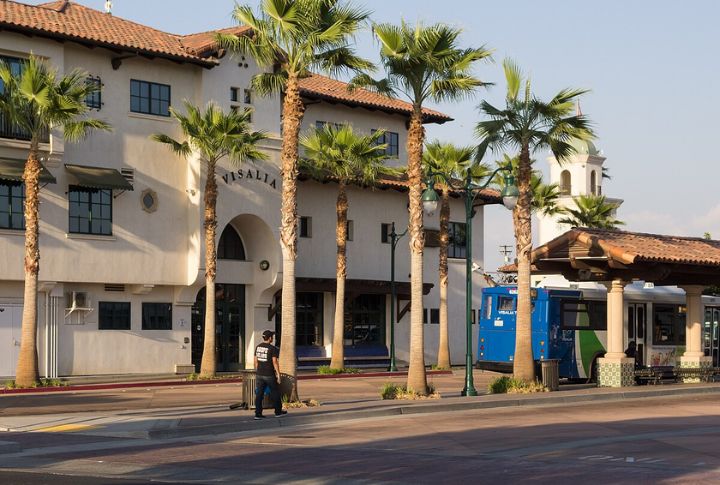
Sitting at the very bottom of WalletHub’s ranking, Visalia falls short across nearly every educational metric. The city struggles with the lowest percentage of bachelor’s degrees nationwide and has few options for higher learning nearby. Even high school diploma rates lag, compounding long-term problems with workforce development and income growth.
Ann Arbor, Michigan
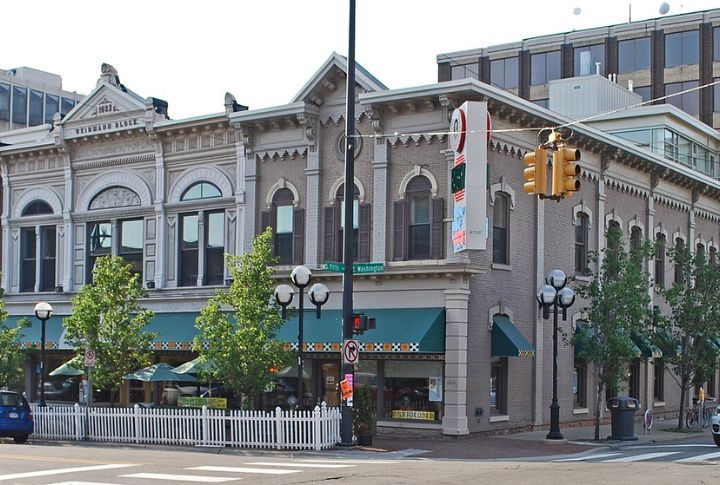
On the flip side, Ann Arbor tops the list with educational stats that outshine the national average. Nearly every adult has a diploma and over half hold at least a bachelor’s degree. With the University of Michigan at its core, the city thrives on academic energy and intellectual infrastructure.
San Jose, California
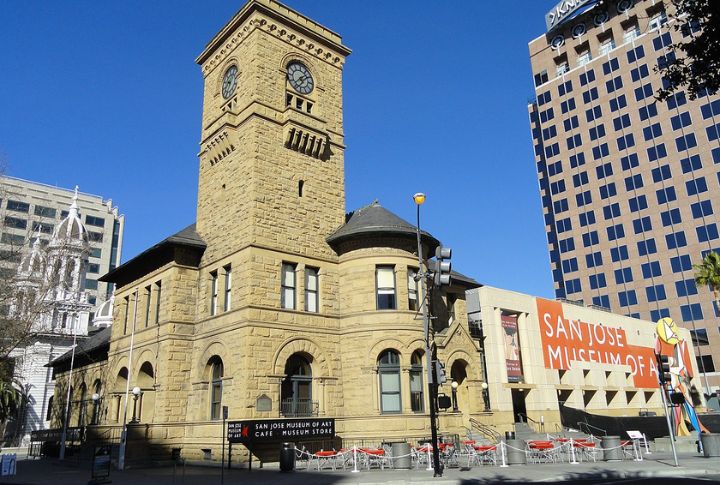
Silicon Valley’s beating heart, San Jose, blends tech innovation with academic rigor. More than half of residents have four-year degrees, and a sizable portion hold graduate credentials. The city benefits from an economy that values—and demands—education, drawing in talent and retaining it through well-paid, highly skilled jobs.
Washington, D.C.
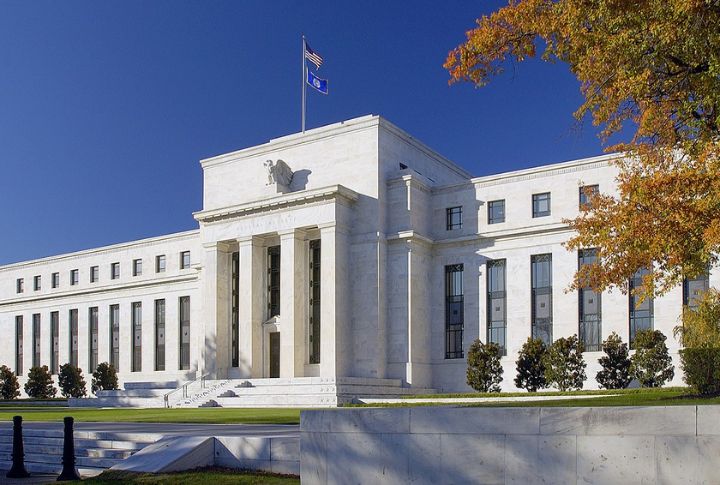
The capital isn’t just political—it’s packed with advanced degrees. Over half the adult population holds a bachelor’s, and many go further with law, policy, or science-based postgraduate programs. Elite institutions like Georgetown and George Washington shape the area, attracting people who learn, then lead within the city.
Durham, North Carolina
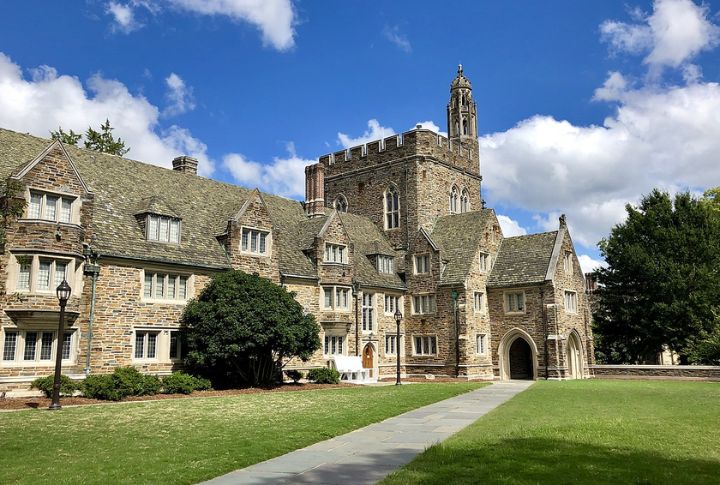
Anchored by Duke University, Durham is the academic standout of the South. Its local economy thrives on research, biotech, and medicine, and educational attainment reflects that. Beyond Duke, its proximity to UNC-Chapel Hill and NC State gives residents easy access to a deeply educated corridor of opportunity.
San Francisco, California
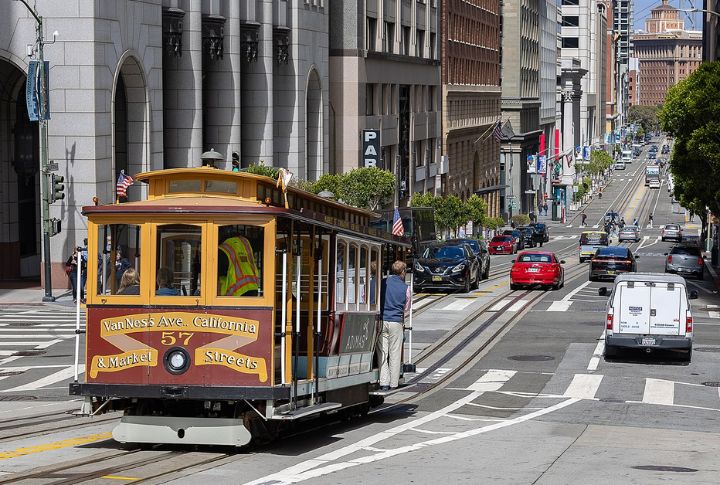
Few cities marry brainpower with cultural clout quite like San Francisco. WalletHub ranks it fifth for educational attainment, with degrees concentrated in tech, finance, and science. Thanks to nearby Stanford and Berkeley, plus a global workforce, the city remains one of the most intellectually dense places in the country.
